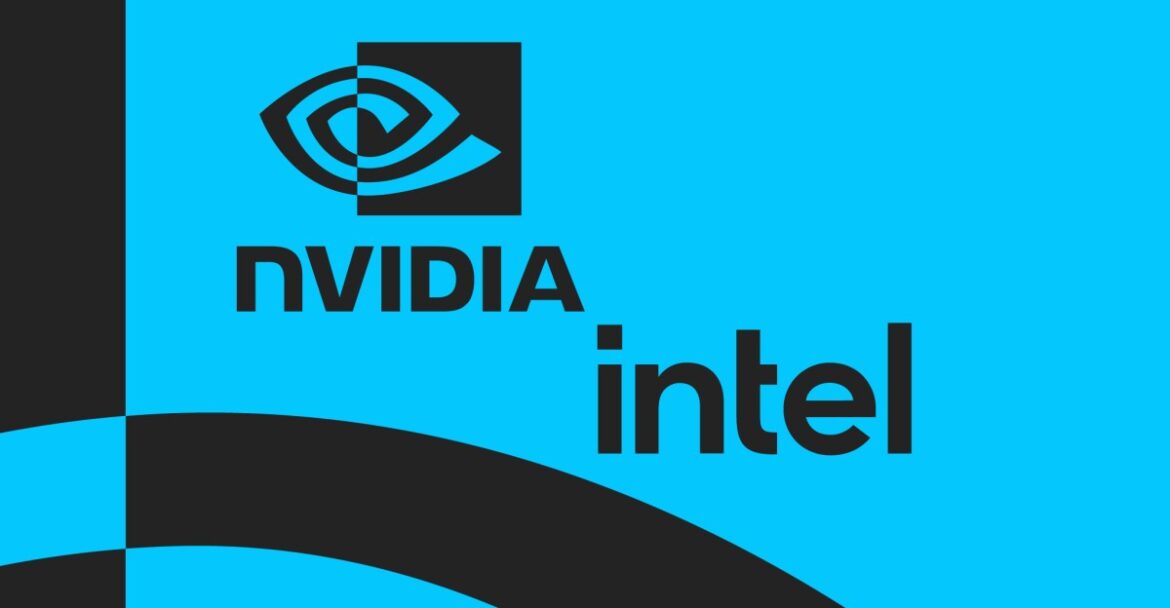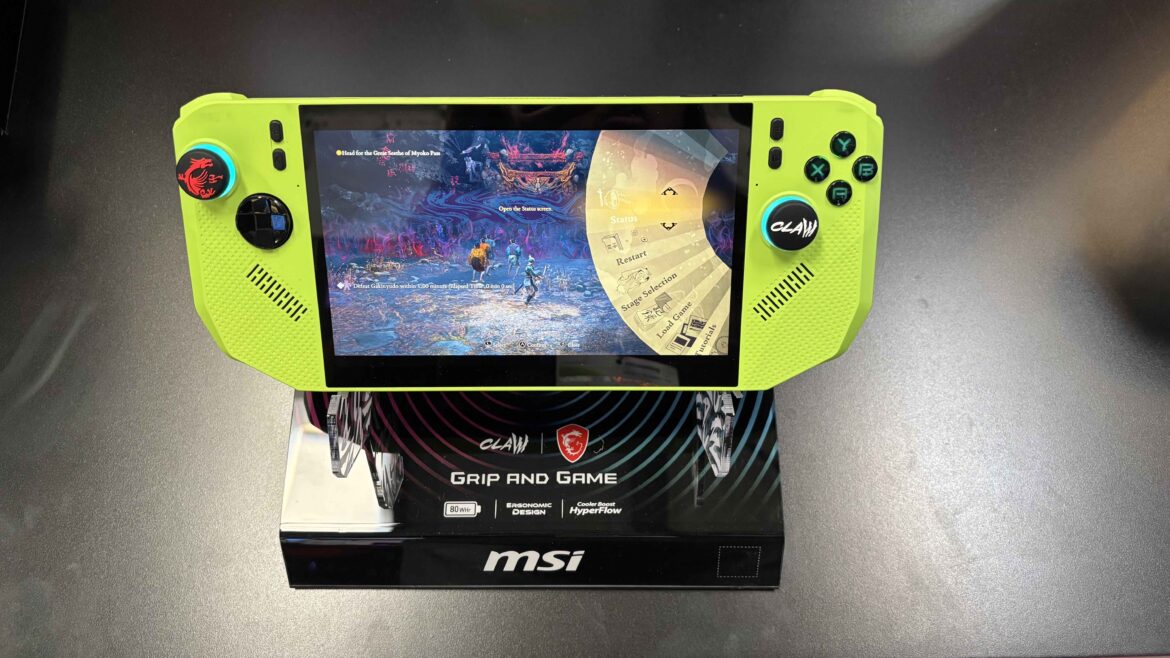Today, Nvidia CEO Jensen Huang and Intel CEO Lip-Bu Tan held a joint webcast to explain just why the world’s most valuable company (Nvidia’s at $4.28 trillion) is throwing a $5 billion lifeline to a struggling competitor.
Nvidia quickly shut down several possible explanations. Huang claimed it had nothing to do with Trump, who famously shook down Intel CEO Lip-Bu Tan for the United States’ own 10 percent stake of Intel, shortly after shaking down Nvidia for 15 percent of its revenue selling chips to China. (China may have just ended that.)
And, Huang insisted, it’s not a strategic shift away from the newer Arm architecture towards the venerable x86, which has driven PCs and servers for decades. “We’re fully committed to the Arm roadmap, we have lots and lots of customers for Arm,” he said, adding later that “this doesn’t affect any of that.” Nor is it a shift from TSMC to Intel as manufacturing partner for Nvidia’s chips — Huang quickly turned to effuse praise for TSMC as soon as a reporter asked — or about manufacturing in the US.
Instead, over the course of the 40-minute call, Nvidia and Intel basically said they were going to eat AMD’s lunch.
CEOs of both companies on the webcast. Image: Nvidia and Intel
AMD is the one chipmaker that competes with both Intel and Nvidia, and it’s long been competitive in one hugely important way: while Intel has always specialized in CPUs, and Nvidia has always specialized in GPUs, AMD does both, and it’s become very good at putting both into the same chip.
That’s why Sony put AMD into the PS4, PS5 and reportedly the PS6; why Microsoft put them in the Xbox One, Xbox Series and the next Xbox, and why almost every handheld gaming PC since the Steam Deck uses an AMD chip. It’s why AMD is finally a reason to buy a laptop, instead of consigning it to budget status like it used to.
“There’s an entire segment of the market where the CPU and GPU are integrated, and it’s for form-factor reasons, or cost reasons, or battery life reasons, all kinds of reasons, and that segment has been largely unaddressed by Nvidia today,” Nvidia’s CEO just admitted on the call.
We’re creating an SoC that fuses two processors. It fuses the CPU and Nvidia’s RTX GPU using NVLink, and it fuses these dies into one essentially virtual giant SoC, and that would become essentially a new class of integrated graphics laptops that the world’s never seen before. That entire segment of the market is really quite rich, and it’s really quite large, and it’s underserved today.
That sounds great! But also, that “underserved” market is also the same exact market that AMD has served and is trying to freshly serve with its Strix Halo, aka Ryzen AI Max, which… fuses AMD’s most powerful laptop CPU with the most powerful integrated graphics AMD has ever made, plus so much shared memory (128GB) you can run a big AI model locally. It all fits into a laptop I can lift with one hand. Or a big tablet. Or this thing.
1/3An AMD Strix Halo laptop with 128GB of memory and the most powerful integrated graphics in a laptop. Photos by Sean Hollister / The Verge
Not to say that Nvidia is copying AMD or anything like that. It sounds like competition, and competition is good. I can’t wait for more powerful, efficient Intel+Nvidia parts; remember that one time we got a one-off Intel+AMD part and it was really quite good? Besides, it’s an open secret that AMD’s Strix Halo is pricey; Huang says wants to address the larger 150 million notebook market, not just the premium segment where it already sells discrete GPUs for laptops. Maybe we can get less expensive game consoles and handhelds if Nvidia has suitable chips for them, too.
Of course, competition would be better if it were among three companies rather than two — like how Intel, Nvidia, and AMD were all competing in graphics (at least they were until this deal happened, and until the exec who insisted Intel would stay in graphics abruptly left the company).
Nvidia says the other reason to tie up with Intel is server CPUs, targeting another segment where AMD has been racking up wins: AMD was reportedly approaching 40 percent server processor market share this summer. (Its desktop CPU market share also hit a historic high in August, particularly among gamers.)
Huang said twice that Nvidia will become a “major customer” of Intel CPUs, buying them to put into its rackscale servers. That’s a bit of a surprise, as Nvidia’s spent many years building its own Arm CPUs for its servers and said MediaTek might even sell that CPU to a wider desktop market, but again Nvidia says it will continue to do that. “We have exciting CPUs that we’re building based on Arm,” Huang says.
There’s a lot of big questions that Nvidia and Intel wouldn’t answer on the call. If you’re hoping this move ensures Intel keeps making chips, and making them in the United States, both companies were very non-committal. Asked if Taiwan’s TSMC would be fabricating the majority of the Intel+Nvidia chips, as it already does for Nvidia’s GPUs, Tan says: “Clearly we want to qualify and then, you know, we’re going to decide whether this is the right one for doing at our foundry.”
“Jensen and I will review that, but overall I think we’re going to continue to drive our success on the process side and then win customer confidence and trust, and then one step at a time,” he adds.
Huang did step in at that point to suggest that Intel’s Foveros 3D chip stacking technology might be a good candidate for the collaboration, but even then Tan wouldn’t fully bite, suggesting merely that they would “explore the collaboration opportunity.” Nvidia also suggested it was too early to say what silicon process the new chips might use.
Asked about building chips in the United States later in the call, Tan suggested its responsibility there was separate from its Nvidia collaboration. “Clearly we like President Trump’s focus on manufacturing in the US. But you know, I think it’s important to address that, and then the opportunity we have in front of us.”
He suggested that Nvidia should have “the flexibility which is best suitable for them.”
0 CommentsFollow topics and authors from this story to see more like this in your personalized homepage feed and to receive email updates.
- AMDClose
AMD
Posts from this topic will be added to your daily email digest and your homepage feed.
PlusFollow
See All AMD
- DesktopsClose
Desktops
Posts from this topic will be added to your daily email digest and your homepage feed.
PlusFollow
See All Desktops
- GadgetsClose
Gadgets
Posts from this topic will be added to your daily email digest and your homepage feed.
PlusFollow
See All Gadgets
- IntelClose
Intel
Posts from this topic will be added to your daily email digest and your homepage feed.
PlusFollow
See All Intel
- LaptopsClose
Laptops
Posts from this topic will be added to your daily email digest and your homepage feed.
PlusFollow
See All Laptops
- NvidiaClose
Nvidia
Posts from this topic will be added to your daily email digest and your homepage feed.
PlusFollow
See All Nvidia
- ReportClose
Report
Posts from this topic will be added to your daily email digest and your homepage feed.
PlusFollow
See All Report
- TechClose
Tech
Posts from this topic will be added to your daily email digest and your homepage feed.
PlusFollow
See All Tech



